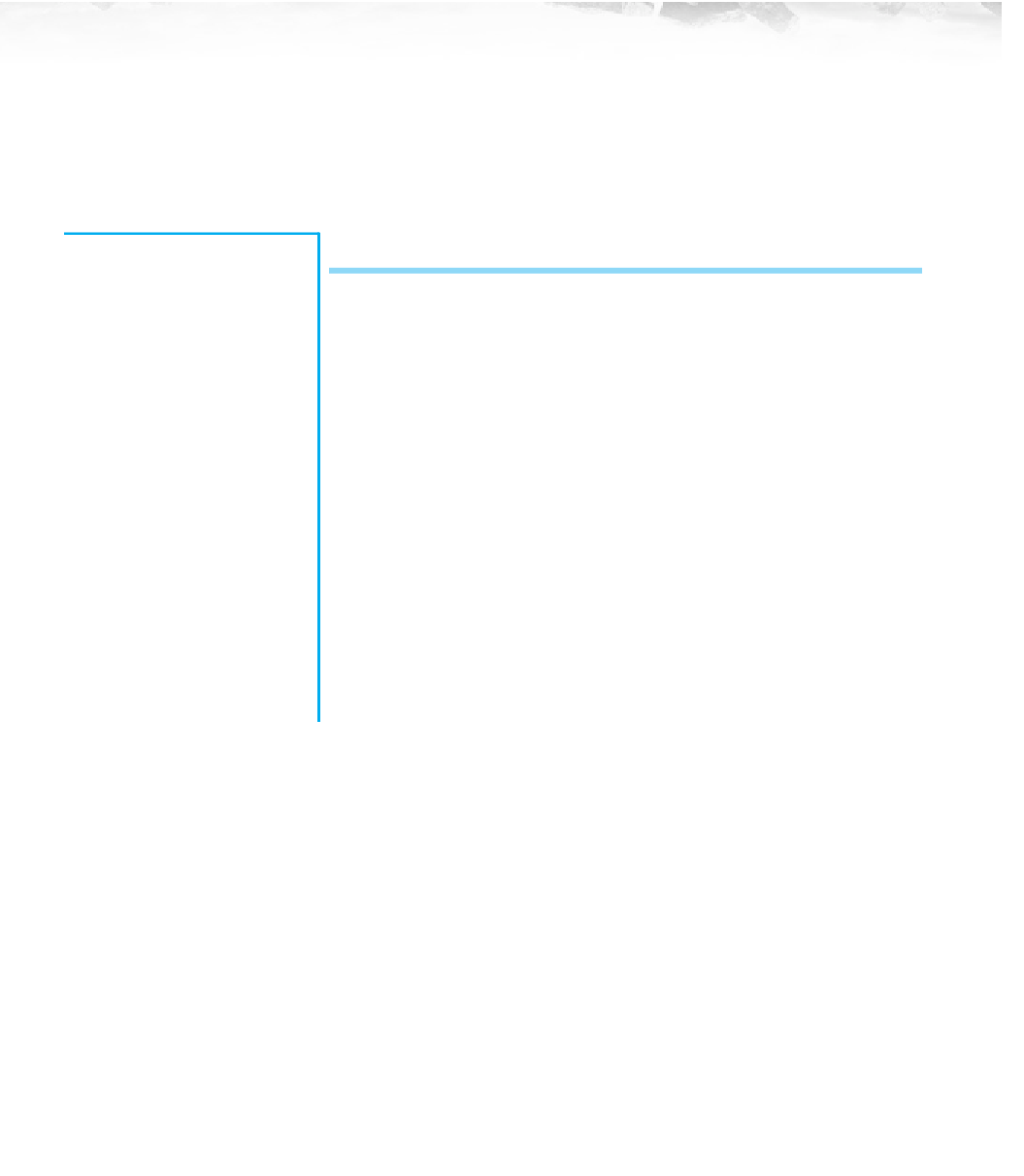Java Reference
In-Depth Information
Chapter
15
Implementing
Introduction
15.1
Simple
ArrayIntList
■
Adding and Printing
In Chapters 10 and 11 we saw how to use various data structures that
are part of the collections framework.As a Java programmer, you will find
it useful to have these off-the-shelf solutions available to you, but you can
learn a lot from examining how these structures are implemented. In this
chapter we will explore in detail how to implement one such structure.
Thinking about Encapsulation
■
Dealing with the Middle of the
List
■
Another Constructor and a
Constant
■
Preconditions and
Postconditions
■
Our goal is to understand the
ArrayList
class that was described in
detail in Chapter 10. Recall that
ArrayList
is a generic class that is best
described as
ArrayList<E>
, where
E
is filled in with a specific element
type. Because generic classes are not easy to implement, we will first
explore the implementation of a class called
ArrayIntList
that can be
used to store a list of simple integer values.There aren't a lot of applica-
tions for a simple
ArrayIntList
object, but the code we write for it will
be similar to the code we need for the generic version.The chapter ends
with a section that explores how to turn the more specific
ArrayIntList
into a generic
ArrayList<E>
.
15.2
A More Complete
ArrayIntList
Throwing Exceptions
■
Convenience Methods
■
15.3
Advanced Features
■
Resizing When Necessary
Adding an Iterator
■
15.4
ArrayList<E>
886

Search WWH ::

Custom Search